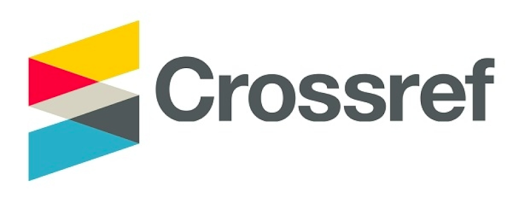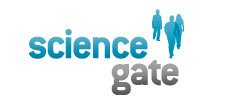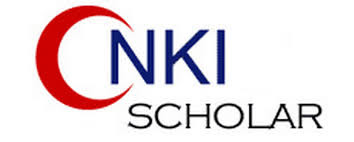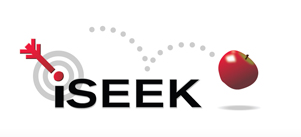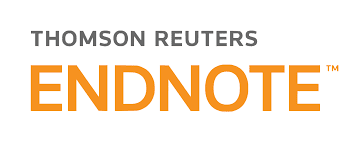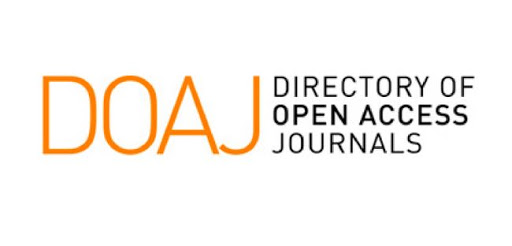Paper ID : SMJ2409205408129 | View : 33

Abstract : Background: Biliary Atresia (BA) is still a challenge because its pathogenesis remains unclear. It is suggested that interferon gamma (IFN-𝛾) has important role in its pathogenesis. Aims: To analyze correlation between IFN-𝛾 expression, cholestasis grading, and biliary atresia incidence in neonatal cholestasis. Methods: It is an analytic observational study within neonatal cholestasis subjects 1-12 months age. Liver biopsies were performed on these subjects. Subjects were divided into biliary atresia and non-biliary atresia according to its histopathology. Then, cholestasis severity were analyzed in its liver specimens and divided into mild, moderate and poor groups. Immunohistochemistry were performed to all of the specimens. Spearman Rank test, Eta Contingency, and Coefficient contingency were performed as statistical tests. Results: There were 34 subjects consists of 20 biliary atresia and 14 non biliary atresia. The average IFN-𝛾 expression in BA group was 11 ± 3.145 cells whereas in non-BA group was 5.928±1.439 cells. Cholestasis severity in BA group were mild (0%), moderate (5%) and 95% had poor grade whereas in non BA group were 21.43%, 50%, and 28.57% respectively. There was significant correlation between IFN-𝛾 expression and BA incidence (r=0,904; p=0,00). There was significant correlation between IFN-𝛾 expression and cholestasis severity grades (r=0,639; p=0,000). There was significant correlation between cholestasis severity grades and BA incidence (r=0,574;

